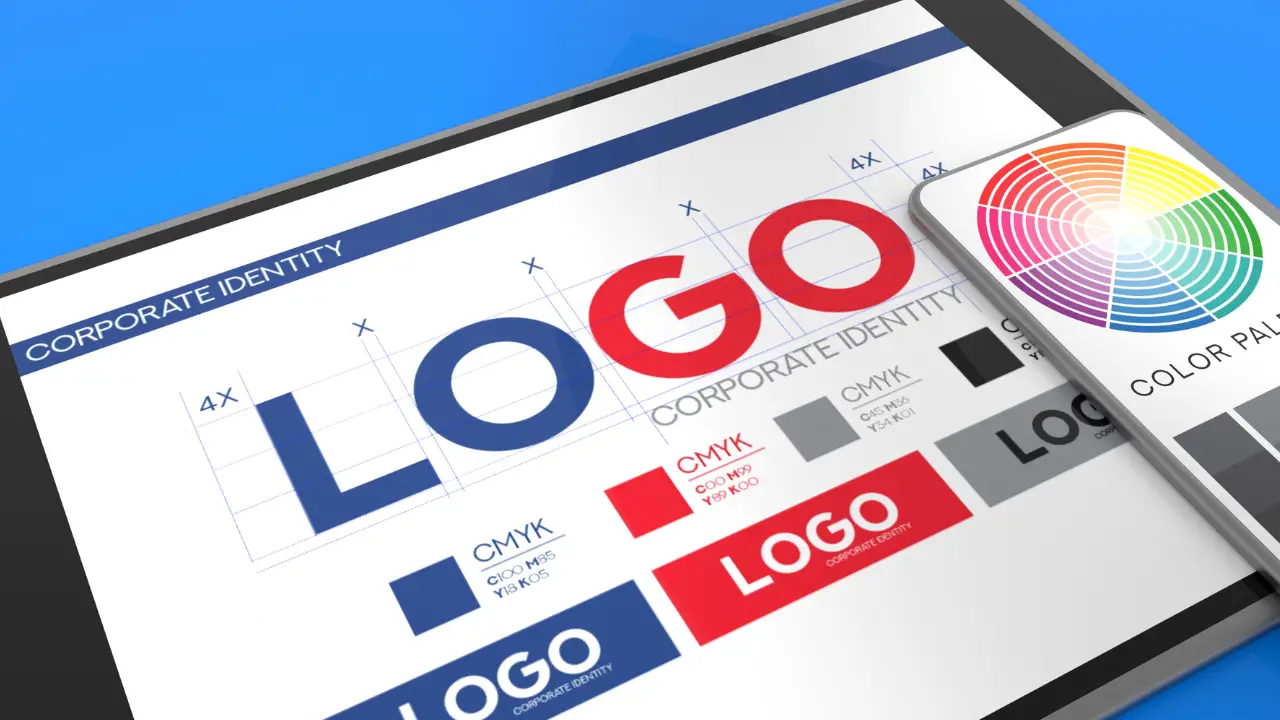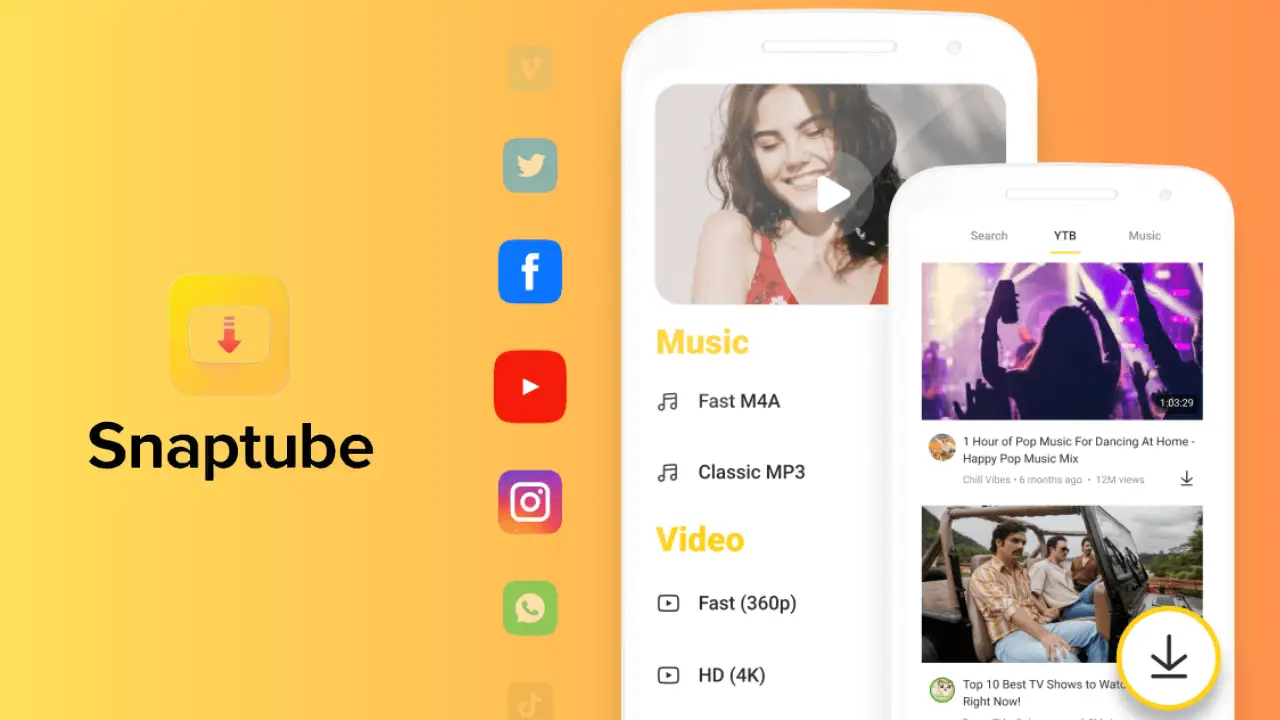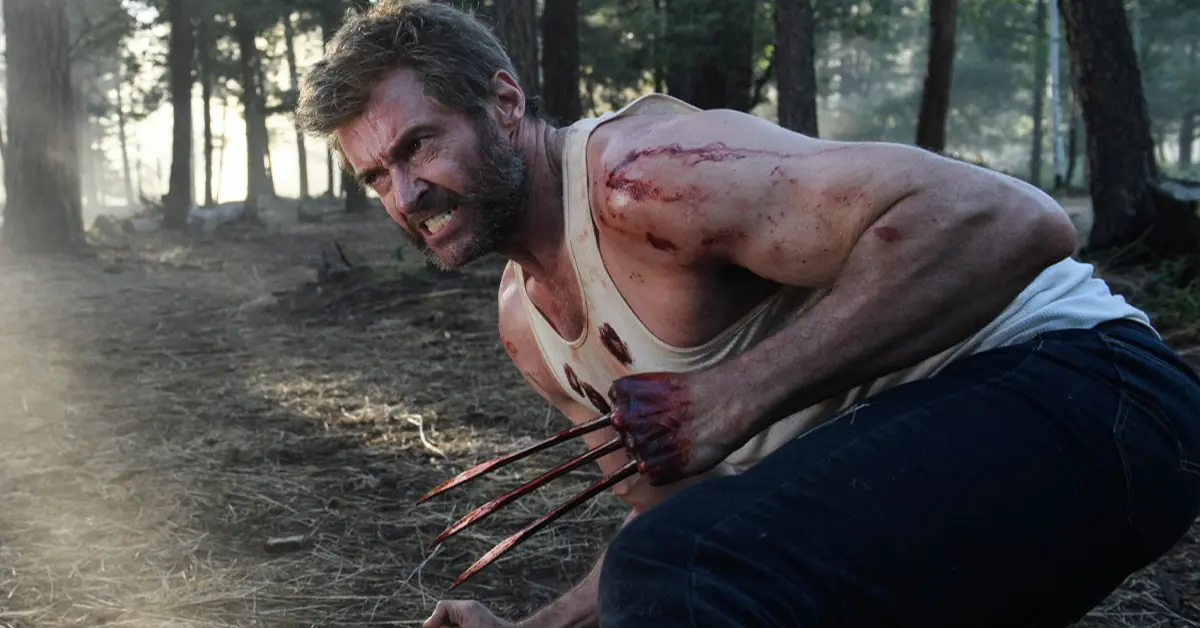The Complete Guide for Innovative Video Marketing Strategies
Video marketing has become one of the most effective ways to reach out to potential customers online With the rise of social media platforms and smartphones, As a digital marketing institute in Rohini, we believe that staying up-to-date with innovative video marketing strategies is crucial for any business looking to increase its online presence.
One innovative strategy that has proven successful is using interactive videos. These types of videos allow viewers to interact with the content by clicking on various elements within the video itself. This not only keeps viewers engaged but also provides valuable insights into what they are interested in and how they engage with your brand. Another strategy is utilizing user-generated content (UGC) in your video marketing efforts.
Interactive Video Content
Interactive video content is a new type of video marketing that allows viewers to engage with the content in real time. Interactive videos typically include features such as clickable hotspots, quizzes, polls, and other interactive elements that encourage viewers to interact with the content.
One example of interactive video content is the “Choose Your Own Adventure” style videos. For example, a fashion brand might create an interactive video that allows viewers to choose the outfit that the model wears for a photoshoot.
User-Generated Video Content
User-generated video content is another innovative video marketing strategy that involves leveraging user-generated content to promote a brand or product. User-generated content can take many forms, including customer testimonials, product reviews, and user-generated social media posts.
One example of user-generated video content is the GoPro user-generated video campaign. GoPro encouraged its customers to submit their own videos of their adventures and experiences using the GoPro camera. The resulting user-generated content was then used in GoPro’s marketing campaigns, which helped to promote the brand and its products.
Vertical Video
Vertical video is a video format that is taller than it is wide, and designed to fit the aspect ratio of mobile devices. It is becoming an increasingly popular format for video marketing as more and more people consume content on their mobile devices. Unlike traditional landscape video, the vertical video takes advantage of the full screen on mobile devices, making it more engaging and immersive for viewers.
One of the main benefits of vertical video is that it can be optimized for social media platforms such as Instagram, Snapchat, and TikTok, which are primarily mobile-focused. Vertical video can be used for a variety of purposes, including product demos, tutorials, and behind-the-scenes content.
In addition, vertical videos can be used to create Instagram Stories, which are short, ephemeral videos that disappear after 24 hours. Instagram Stories can be used to promote products or services, offer exclusive deals, or provide behind-the-scenes glimpses of a business or brand.
Live Streaming Video
Live streaming video is another innovative video marketing strategy that involves broadcasting live video content in real time. Live streaming can be used for a variety of purposes, including product launches, Q&A sessions, and virtual events.
One example of live-streaming video marketing is the Red Bull Stratos Jump. Red Bull used live streaming to broadcast the record-breaking skydive of Felix Baumgartner from the edge of space. The live stream generated over 50 million views and helped to promote the Red Bull brand and its association with extreme sports.
360-Degree Video Marketing
360-degree video marketing is a cutting-edge video marketing strategy that involves creating immersive video experiences that allow viewers to explore a virtual environment from all angles. 360-degree video can be used for a variety of purposes, including virtual tours, product demonstrations, and interactive experiences.
One example of 360-degree video marketing is the Volvo XC90 virtual reality test drive. Volvo created a virtual reality test drive experience that allowed potential customers to experience the XC90 SUV from the driver’s seat. The immersive 360-degree video experience helped to promote the XC90 and gave potential customers a taste of what it’s like to drive the car.
Conclusion
In conclusion, video marketing has become an essential component of any comprehensive digital marketing strategy. By using innovative video marketing strategies such as interactive video content, user-generated video content, vertical video, live streaming video, and 360-degree video marketing, businesses can stand out and connect with their target audience.
As video technology continues to advance, we can expect to see even more innovative video marketing strategies emerge in the years to come.














